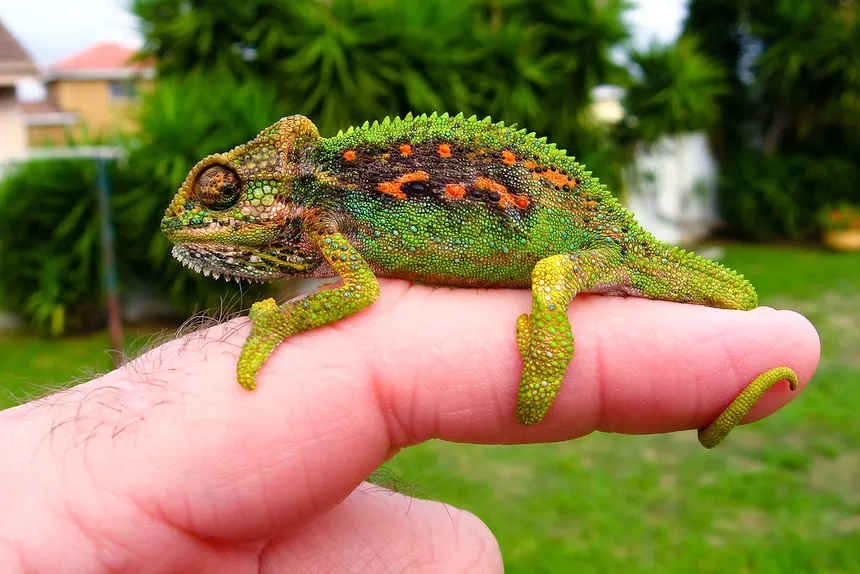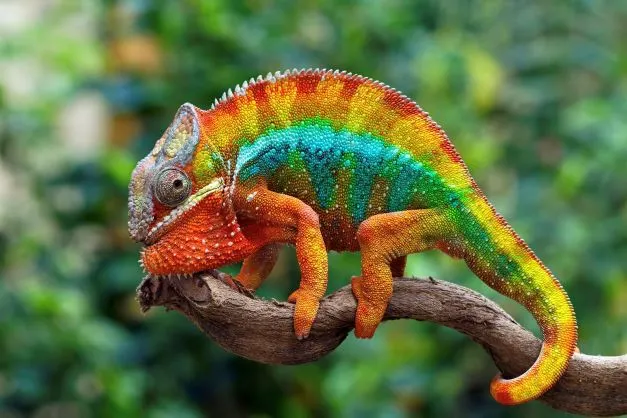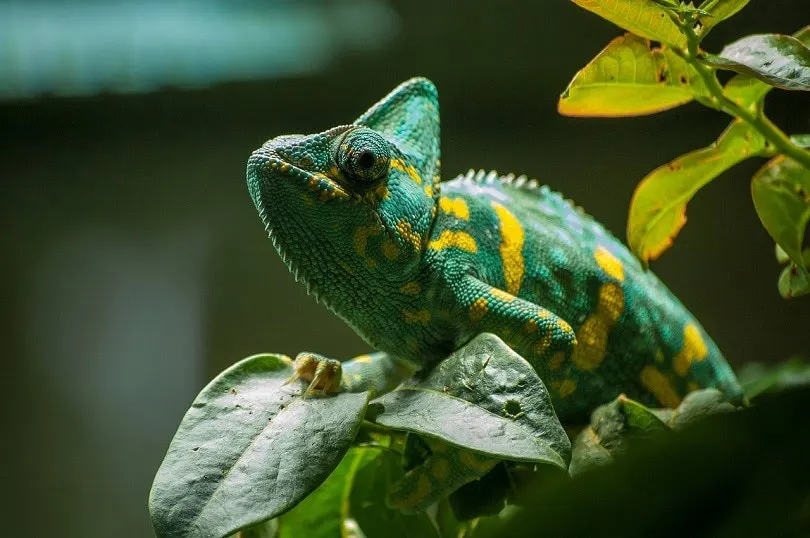“Are Chameleons Good Pets? Everything You Need to Know Before You Buy”

Chameleons, with their independently moving eyes, zygodactylous feet, prehensile tails, and ability to change color, are among the most fascinating reptiles on Earth. Many exotic pet enthusiasts are drawn to their mysterious appearance and behavior. But while they may look like the perfect low-maintenance reptile, chameleons can be surprisingly difficult to care for.
So, are chameleons good pets? The answer depends on your experience, expectations, and willingness to maintain a specialized environment.
Pros of Keeping a Chameleon as a Pet
- Visual Fascination:
Chameleons are mesmerizing to watch. Their slow movements, eye rotations, and color changes make them living art. - Quiet & Odorless:
Unlike some pets, chameleons don’t make noise or emit strong smells, making them discreet companions for calm households. - Low Interaction Needed:
Chameleons are hands-off pets. They don’t crave socialization and are content being observed rather than handled. - Small Space Requirement:
Though their enclosures must be specialized, they don’t require a whole room—just a well-designed terrarium with vertical climbing space.
Cons of Keeping a Chameleon as a Pet
- High Care Needs:
Chameleons need precise temperature, humidity, UVB lighting, and ventilation. Incorrect settings can lead to serious health issues. - Easily Stressed:
They are solitary and territorial, and can become stressed by frequent handling or even seeing their reflection or another chameleon. - Delicate Health:
Chameleons are prone to metabolic bone disease, respiratory infections, and dehydration. Regular vet visits with reptile specialists may be necessary. - Short Lifespan:
Most pet chameleons live 3–7 years, depending on species and care. They’re a commitment, but not a lifelong one. - Costly Setup:
An ideal setup includes:- A tall, screen enclosure
- UVB and basking lamps
- Misting systems or drippers
- Live plants for humidity and hiding
The initial investment can be $300–$500+.

Best Chameleons for Beginners
- Veiled Chameleon:
Most recommended for first-time owners. Hardy, adaptable, and widely available. - Panther Chameleon:
Colorful and active, but more sensitive to environmental changes. - Jackson’s Chameleon:
Horned and striking in appearance, but require cooler temps and more humidity.
Do Chameleons Make Good Pets for Kids?
Generally, no. Chameleons are not suitable for young children due to their stress sensitivity and delicate nature. They are better suited to adults or teens with a genuine interest in reptile care and observation.
Do Chameleons Like Being Handled?
No. Most chameleons dislike being touched and may hiss, puff up, or even bite when handled. Stress from frequent interaction can shorten their lifespan.
Feeding Chameleons: Live Food Only
Chameleons are insectivores, requiring a diet of:
- Crickets
- Dubia roaches
- Waxworms
- Hornworms
These must be gut-loaded (fed nutritious foods) and dusted with calcium and vitamins. Occasional greens may be accepted by some species.
Do Chameleons Get Lonely?
No. They are strictly solitary. Housing two together can lead to fighting or severe stress. Even mirrors or direct visibility of another chameleon can be harmful.

Conclusion: Are Chameleons the Right Pet for You?
Chameleons can make rewarding and visually stunning pets for experienced reptile keepers or highly dedicated beginners. However, their needs are complex and unforgiving. If you’re looking for a pet to cuddle or interact with, chameleons aren’t the best choice. But if you’re fascinated by their biology and committed to creating a stable environment, they can be incredible living display animals.



